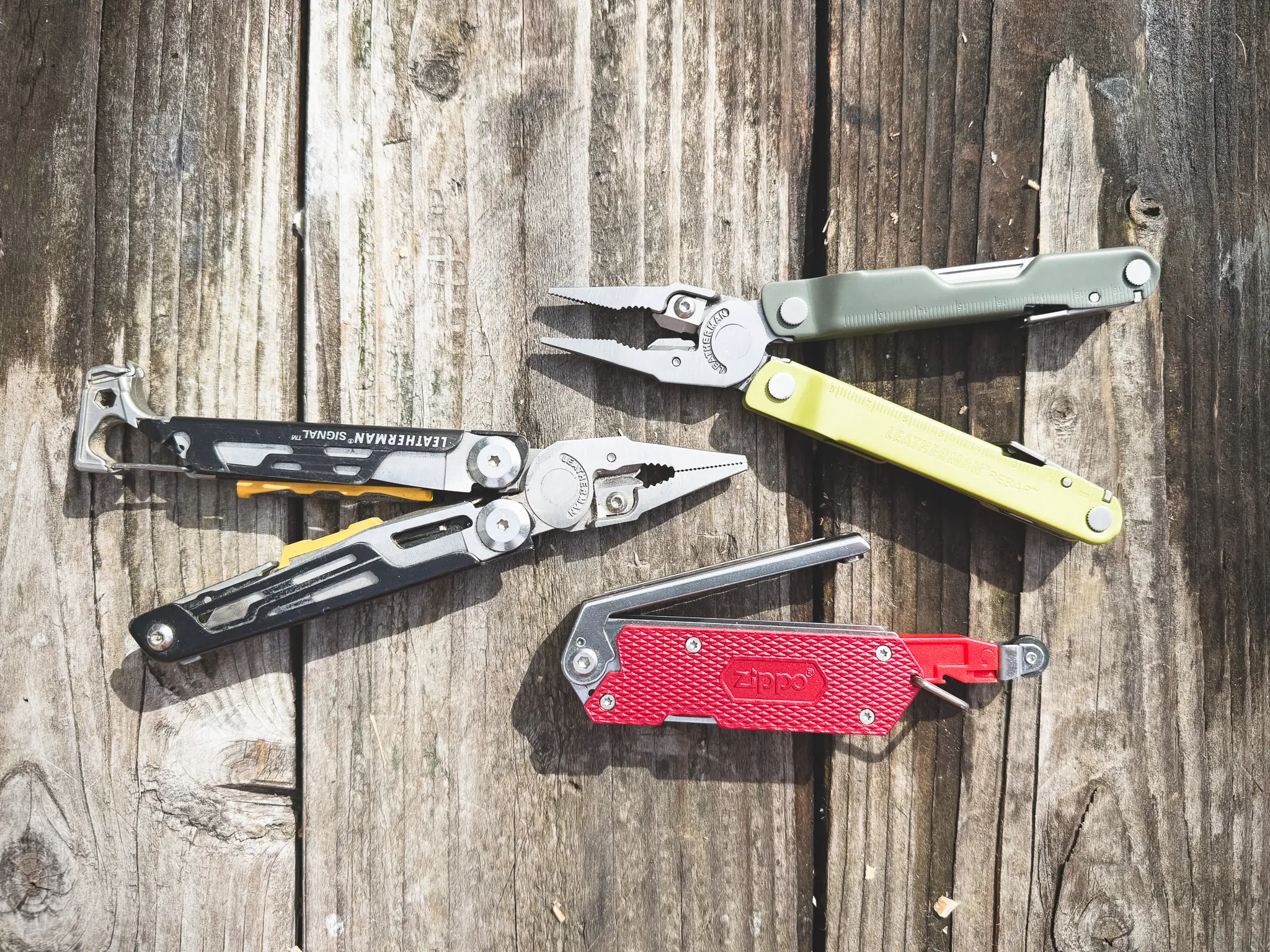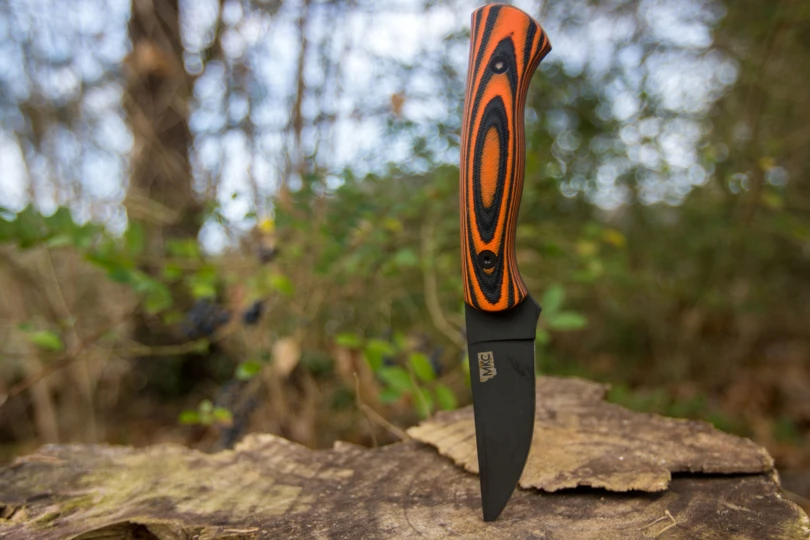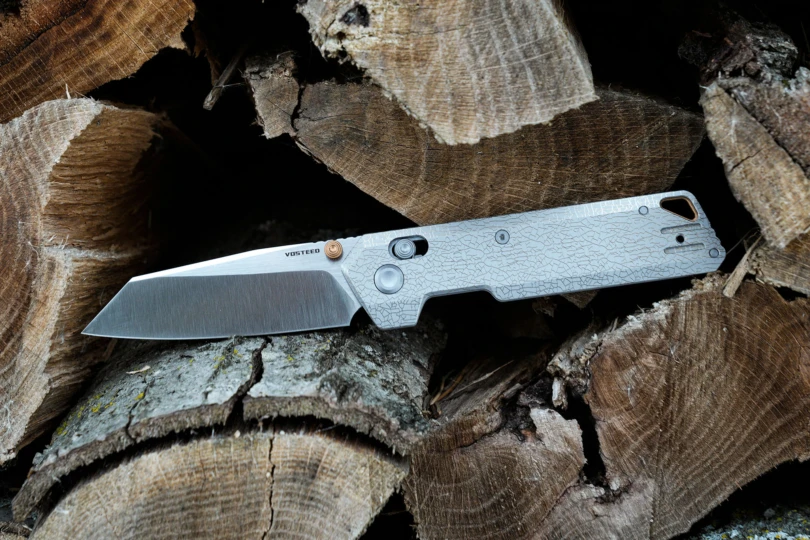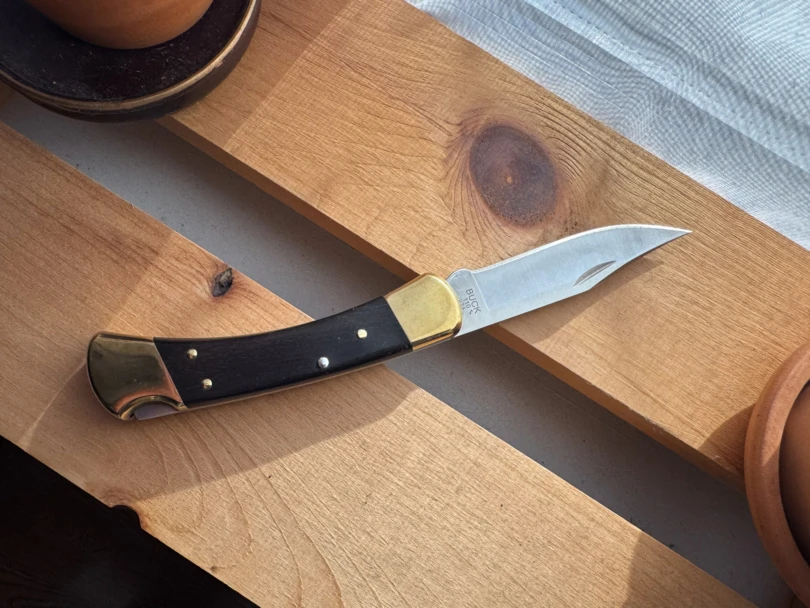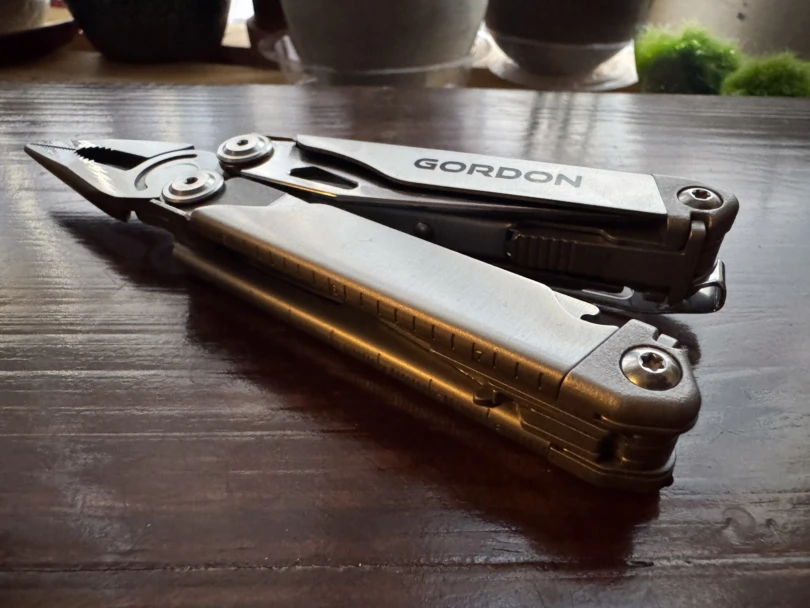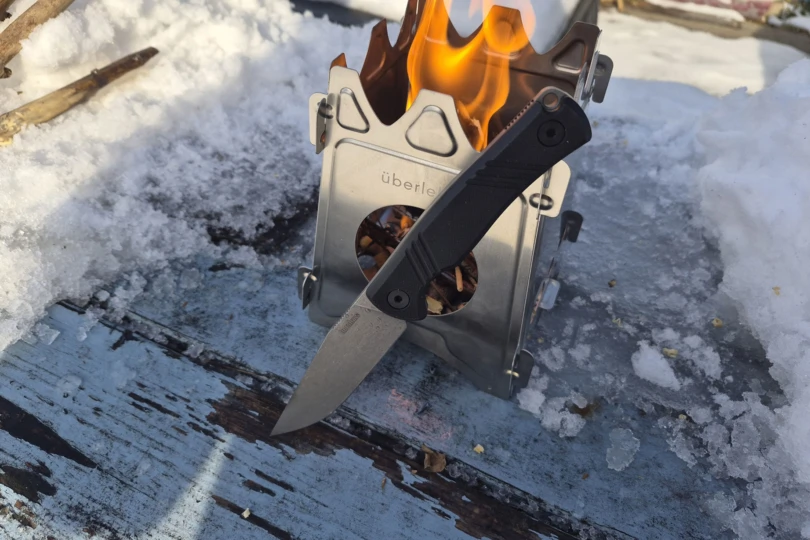Gerber muscles its way into hallowed multitool design — but can it contend with the pliers-based heavyweights?
Debuting with a price tag of $110, Gerber’s large Dual Force multitool represents a shot across the bow of the Leatherman fleet. It eschews the popular needlenose pliers in favor of a massive set of two-position jaws. And with a dozen tools to round out its arsenal, the Dual Force is equipped to tackle all manner of tasks.
But is this volley a hit, or more of a glancing blow? I spent a few weeks tinkering with Gerber’s loaner model, checking to see if the tool can back up its wide-mouthed reputation.
In short: The Gerber Dual Force is a multitool for rugged, unpolished work. The knife, saw, and files are a bit crude, but the large jaws and center drive system are a pleasure to use. And while solidly built, its weight might be better suited for the toolbox or glove compartment.

Gerber Dual Force Multitool Review
The Pliers
We’ll get to the rest of the tools in a bit, but if you’re eyeing up the Dual Force, it’s probably because of the pliers. That’s how it was for me, especially when viewed through rose-colored safety goggles.

See, when I worked in power plants, there was one tool that was almost ubiquitous — the channel locks. Whether installing conduit or tweaking a valve, these adjustable-jawed pliers were incredibly useful.
And while the Dual Force lacks that tool’s signature angle, they operate on the same slip-joint principle. Yeah, its usefulness will max out on any pipe measuring more than an inch or so across, but for things like instrument tubing, this would be a pretty nice fit.
Outside of an industrial context, the Dual Force remains capable. I don’t have any thermocouples or pressure differential transmitters in my garage, but the pliers were a big help in repairing my bicycle when the brake cable snapped off.

The Rest of the Toolset
A quick glance at Gerber’s spec sheet yields up most of the usual multitool suspects. There’s a 3.25-inch knife, a saw, wire cutters, and a double-sided file.
Buyers will also be treated to the excellent center-drive system, with its locking arm and interchangeable bits. Two of these spares are tucked away in the base of the handles, flipping out for easy access.

The weak entries here are, unfortunately, what I’ve come to expect from Gerber. The knife is indifferently ground, and the files have a kind of “barely finished” sense about them. I’ve also noticed that Gerber doesn’t list the steel used on this tool, which doesn’t inspire confidence in the blade’s edge retention.
That being said, all of the in-handle tools operate with a framelock system. And after dabbing a bit of oil on their pivots, all were easy to deploy.
On the Belt, In the Hand

The Dual Force ships with a fabric sheath, strung for both vertical and horizontal carry. But no matter how you affix this tool to your belt, its presence will be clear.
The multitool weighs in at 12 ounces, making this one of the heavier models I’ve carried. It’s not prohibitively so, but certainly enough to tug at your waist.
Another interesting thing about the Dual Force — because of the configuration of its jaws, the tool never folds completely flat. You’ll get close, but there’s always this slightly open “V” at the top. This isn’t really a flaw, just a difference.
During actual use, I’ve found the Dual Force to be fairly comfortable. When in knife or driver configuration, the 90-degree edges of the tool’s spines can be a little rough against your palm. And though Gerber emphasizes the strength of its layered construction, the handles sometimes float against one another under a heavy grip.
But once the pliers are deployed, the ergonomics change completely. The handles themselves have been rounded down, allowing you to squeeze much more tightly without fear of cuts or irritation.

Conclusion: Gerber Dual Force
So, is the Dual Force enough to snatch the multitool crown from Leatherman? No, but that’s not really the point. This is a very different tool from the Wave+ or even the Crunch.
Rather than aiming for all-around excellence, Gerber has assembled a cast of regulars around one primary function. It’s the same philosophy it employed with the Armbar and (to a lesser extent) the Center-Drive.
Yes, I’d like to see better fit and finish on the tools, and using a no-name steel is kind of unacceptable at this price.

But, speaking from a real-life industrial standpoint, I can imagine getting a lot of use out of this tool. It’s heavy, rough around the edges, and just rugged enough to be capable, which makes it very similar to some of the better coworkers I’ve had.
Check Price at Gerber Gear
